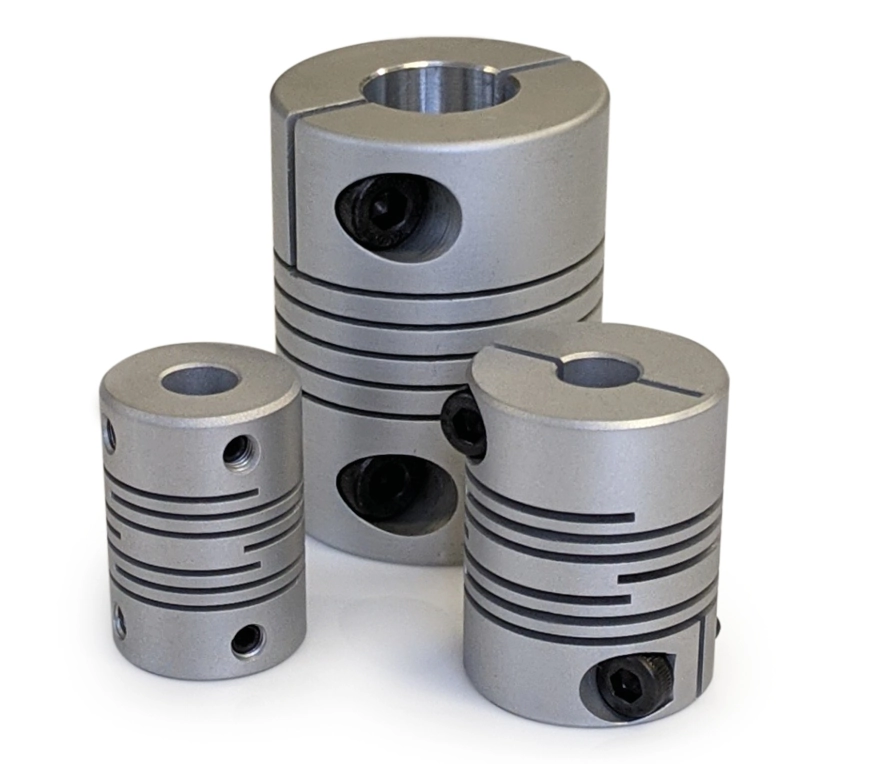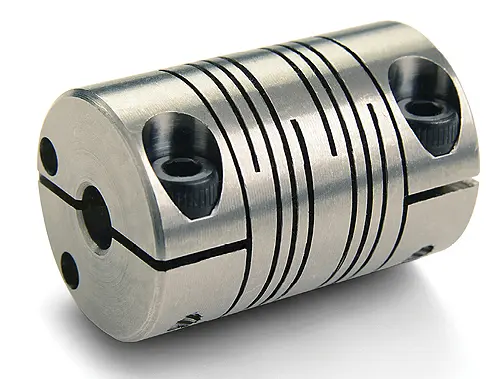“`html

Introduction to Beam Coupling

Beam couplings are a vital component in various mechanical systems, playing a crucial role in transmitting torque between two shafts while accommodating misalignments. These couplings are particularly significant in applications requiring high precision and reliability, such as Virtual Reality (VR) systems.
Key Features
- High Precision: Beam couplings offer precise torque transmission, crucial for the smooth operation of VR systems.
- Flexibility: They can accommodate angular, radial, and axial misalignments, ensuring the integrity of the connected shafts.
- Durability: Made from high-quality materials, beam couplings are designed for longevity and consistent performance.
Applications and Advantages
Beam couplings are particularly suited for Virtual Reality systems due to their unique combination of features. Their applications extend from motion control systems to sensor and encoder connections, providing a versatile solution for complex VR technologies.
Why Beam Coupling for Virtual Reality Systems
- Precision: The accuracy in torque transmission ensures that VR systems respond with minimal latency.
- Reliability: Durable materials and design mean beam couplings contribute to the overall reliability of VR setups.
- Versatility: Capable of accommodating various types of misalignments, they are ideal for the dynamic requirements of VR systems.
- Low Maintenance: Their robust construction requires minimal maintenance, reducing downtime in VR applications.
- Easy Integration: Beam couplings can be easily integrated into existing VR systems, facilitating upgrades or repairs.
How Beam Couplings Work
Beam couplings transmit torque through a helical cut pattern in a single piece of material. This design allows for the accommodation of misalignment while maintaining a high level of torque transmission accuracy. The flexibility offered by the helical structure absorbs vibration and shock loads, protecting connected components.
Choosing the Right Beam Coupling
- Consider Torque Requirements: Select a coupling that can handle the system’s torque needs without compromising performance.
- Evaluate Misalignment Tolerances: Choose a coupling that can accommodate the specific types of misalignment present in your VR system.
- Material Compatibility: Ensure the coupling material is compatible with the environment (e.g., corrosion resistance) where the VR system operates.
- Size and Space Constraints: The selected coupling should fit within the available space without hindering other components.
- Customization Needs: Some applications may require custom solutions; ensure the manufacturer can accommodate these needs.

Maintenance of Beam Coupling
Maintaining beam couplings is straightforward yet essential for ensuring their longevity and performance. Regular inspections for wear and tear, along with timely lubrication if specified by the manufacturer, are vital. Understanding the importance of maintenance prevents unexpected downtime and extends the life of the coupling, contributing to the reliability of the VR system it supports.
About HZPT
HZPT, established in 2006, is a renowned manufacturer and exporter specializing in the design, development, and production of couplings. With a dedicated design and R&D team boasting 16 years of experience, HZPT offers customized product solutions tailored to global customer requirements. Our comprehensive quality control system spans from raw materials to finished products, ensuring the highest product quality, certified by CE and TUV. Our philosophy, “Customer satisfaction, our pursuit,” drives us to provide unmatched service, quality, and competitive pricing. Our main clientele in Europe and America attests to our reputation, making HZPT your ideal choice for beam couplings and other coupling needs. We look forward to collaborating with you for successful business relationships worldwide.
“`
